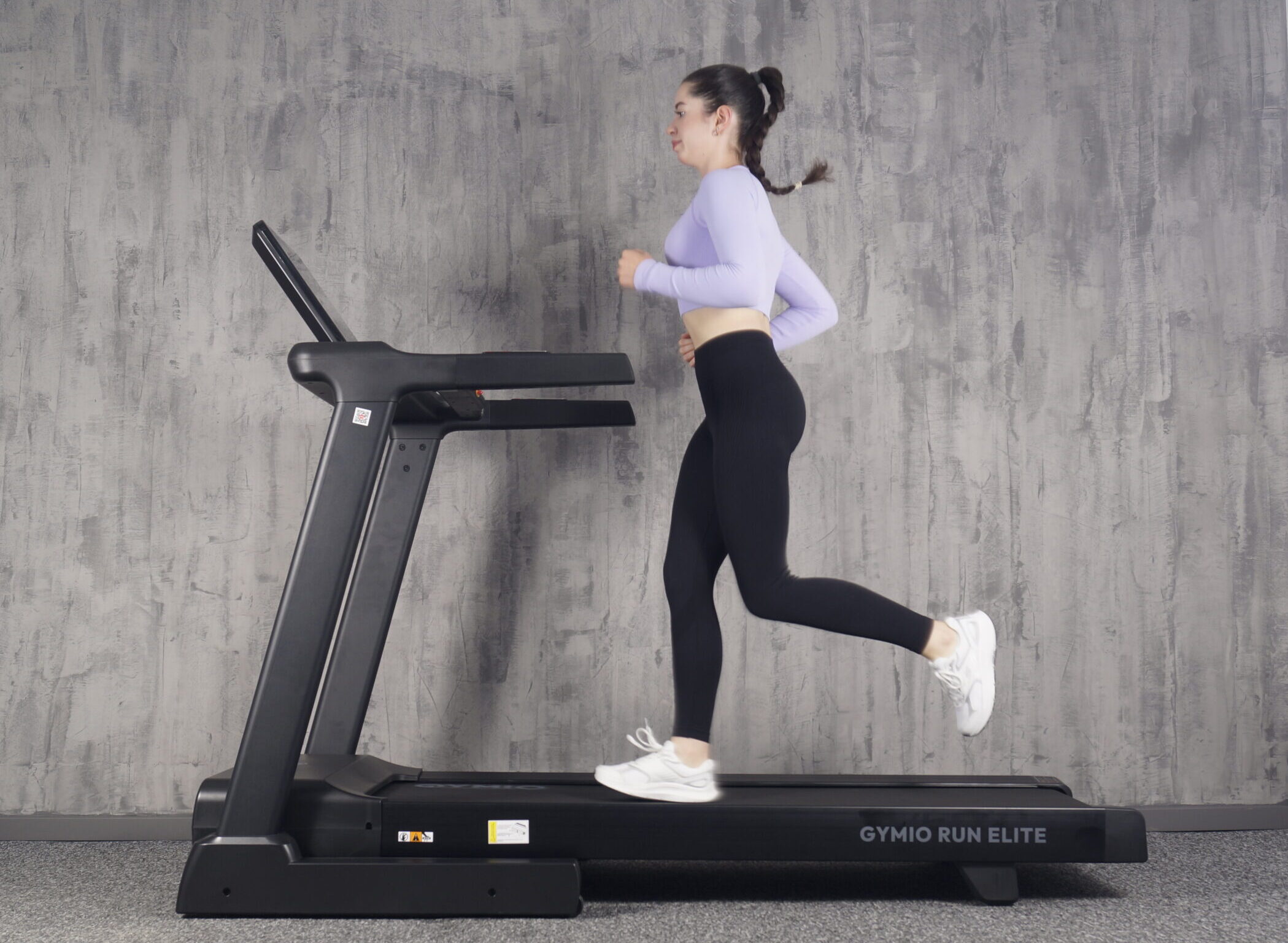How to Prepare for a Half Marathon in 3 Months
Dreaming of a Half Marathon – How to Achieve Your Goal and Conquer 21 km?
A half marathon, measuring 21.0975 km, is an exciting challenge for many runners and an opportunity to push personal boundaries. Conquering this distance, however, requires proper preparation – from a training plan to the right diet and suitable equipment. We’ve prepared a guide to help you navigate every stage of your preparation for a half marathon.
3-Month Training Plan for Preparing for a Half Marathon
Basic Training Principles for a Half Marathon
- Consistency: Train 3-4 times a week to gradually build endurance.
- Gradual Distance Increase: Increase your weekly distance by about 10-15% to avoid overloading.
- Recovery and Rest: Include rest days, which are essential for muscle repair and growth.
- Strength and Stability: Incorporate stabilization and strengthening exercises to prevent injuries.
First Month – Building an Endurance Base
- Tuesday: Easy run – 4 km
- Wednesday: Stabilization exercises (20 min)
- Thursday: Easy run – 5 km
- Saturday: Long run – 6-8 km
Second Month – Increasing Distance and Speed
- Tuesday: Intervals (4 x 1 km at a faster pace)
- Thursday: Easy run – 7 km
- Saturday: Long run – 10-12 km
Third Month – Final Preparation for Race Day
- Tuesday: Intervals (6 x 1 km at a faster pace)
- Thursday: Easy run – 8-10 km
- Saturday: Long run – 14-16 km
The last long run should be completed 4 days before the race.

Diet and a Half Marathon – What to Eat to Stay Energized?
Diet is a key element of half marathon preparation. Focus on meals rich in carbohydrates, healthy fats, and protein to support your muscles and provide the energy needed for training.
In the 2-3 days before the half marathon, reduce your fiber intake to prevent potential stomach issues during the race.
Recommended Products:
- Lean meats (e.g., chicken, turkey)
- Fish
- Whole-grain products
- Low-fiber vegetables and fruits before the race
- Nuts and olive oil
Common Mistakes Beginner Runners Make:
- Starting too fast – Begin slower and maintain an even pace to conserve energy for later stages.
- Increasing distance too quickly – Follow the principle of gradual distance increases to avoid injuries.
- Skipping recovery – Rest days are crucial for muscle repair and building endurance.
Bad Weather and Your Half Marathon Is Approaching? Gymio Treadmill to the Rescue!
While running outdoors offers a chance to enjoy nature and fresh air, weather and air quality don’t always cooperate. Winter, autumn, and smoggy days can disrupt your regular running routine.
To ensure consistency in your training, consider using the Gymio Treadmill, which allows you to train at home regardless of the weather. With adjustable speed and incline settings, the Gymio Treadmill keeps your training on track and helps you prepare for race day without interruptions.
The Gymio Treadmill offers adjustable speed and incline, making it the perfect solution when outdoor conditions prevent running outside.
With Gymio, you can stick to your training goals without interruptions. Check out our treadmills at gymiosport.com and watch product videos on our YouTube channel GymioSport.

Tips for Half Marathon Day
The day of the half marathon is the moment you’ve been preparing for over the past months. To ensure the best conditions for your run and avoid surprises, follow these key rules:
- Sleep and Rest: Prioritize good sleep at least two nights before the half marathon, as stress and excitement may make it harder to rest the night before. A well-rested body is better prepared for the effort and recovers faster after the run.
- Hydration: Start hydrating properly the day before the race. Avoid diuretic drinks like coffee or tea to retain electrolytes. On race day, sip small amounts of water regularly, but avoid drinking large quantities just before the start to prevent stomach discomfort.
- Don’t Test New Gels or Supplements: Stick to products you’ve already tried during training. New gels or bars could cause unexpected stomach issues, which would be uncomfortable during the race. If you plan to use energy gels, consume one about 45 minutes before the race and another every 30-45 minutes, provided they’ve been tested.
- Light Meal 3-4 Hours Before the Start: Choose a breakfast that provides energy without overloading your digestive system. A great choice would be oatmeal with fruits or rice with honey and bananas. Avoid high-fiber, fatty, or heavy meals.
- Dress According to the Weather
Check the forecast and choose your outfit based on the conditions. Stick to tried-and-tested clothes and shoes you’ve used during long training sessions. New gear can cause blisters or discomfort, which could hinder your performance. - Don’t Give In to Emotions at the Start
The adrenaline rush at the start might tempt you to run too fast. Begin at a steady, comfortable pace to conserve energy for later stages, especially the final kilometers where strength will be crucial.
Following these simple rules on half marathon day will help minimize the risk of unpleasant surprises and allow you to focus on enjoying the run!
How to Recover After a Half Marathon?
After finishing the half marathon, prioritize recovery to allow your muscles to rebuild. Replenish fluids and eat a meal rich in protein and carbohydrates. Use foam rollers or consider a massage from a physiotherapist to speed up the recovery process. Take 2-3 rest days from running and return with strength training or stretching before taking on new challenges.
Summary
Preparing for a half marathon is a complex process that requires consistency, a balanced diet, and appropriate equipment. When the weather conditions are unfavorable, don’t skip your training – the Gymio treadmill allows you to keep up with your training plan at home.
Remember to stay systematic in your approach, care for proper recovery, and maintain a positive mindset to enjoy every step of your preparation journey!









